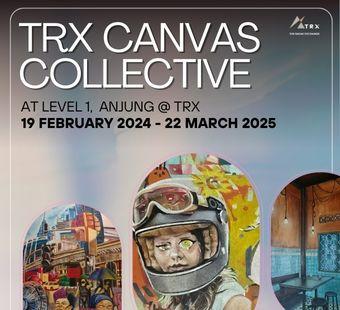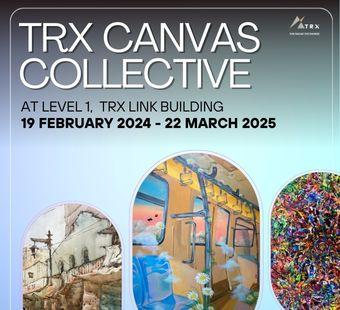With the extended Kelana Jaya LRT Line which runs from Putra Heights to Gombak, the KL Monorail that loops through KL’s commercial hub, and the new Bandar Utama – Klang Line (LRT 3) that will commence construction this year, Klang Valley’s rapid transit have seen tremendous growth over the years.
Klang Valley saw the beginning of its transport evolution when the LRT came about 20 years ago.
The country’s first light rail system, the STAR-LRT ( short for Sistem Transit Aliran Ringan – Light Rail Transit) officially began operations on 16 December 1996 after several delays.
The LRT project was delivered in time to make the city more accessible during the 1998 Commonwealth Games. The Bukit Jalil LRT station leads right into the Commonwealth Park where the majority of the sports events took place that year.
From NST December 7, 1996:
“As a prelude, the Sistem Transit Aliran Ringan Sdn Bhd (STAR) will give free rides for members of the public for a week beginning today.
"This is also an extension of STAR-LRT's on-going exercise to educate and familiarise the public with the operational and safety aspects of the new LRT system," chairman Tan Sri Sallehuddin Mohamed told a news conference yesterday.
At the time, the average fare for a ride is RM1.50. The cheapest fare between the LRT stations - there are 13 in Phase I of the project - is 75 sen, while a ride from one end to the other end of the LRT line will cost a maximum of RM2.95.
In 20 years, STAR-LRT network has serviced over 2 billion rides, and recently introduced new six-car AMY trains for the stretch between Ampang and Chan Sow Lin station to cater for the growing number of commuters.
Now known as the Ampang line, over 170,000 people hop on and off these trains daily, from suburbs like Ampang, Sentul, Bukit Jalil and more recently, Puchong, into the city centre directly, namely the Masjid Jamek area.
It has 36 stations along 45 km of tracks with 2 lines – Ampang Line and Sri Petaling Line. The two lines begin in Ampang (East) and Putra Heights (South) and converge in Chan Sow Ling before heading North and ending in Sentul Timur.
In June 2016, ten new stations commenced operations under the LRT Line Extension Project (LEP) from Sri Petaling onwards, to high-density residential areas like Awan Besar, Kinrara, and several other hotspots in Puchong, terminating in Putra Heights.
The extended lines connected new neighborhoods further away from the city, and along with the newly launched MRT, is vital in upgrading Greater KL’s public transport network.
With the extended Kelana Jaya LRT Line which runs from Putra Heights to Gombak, the KL Monorail that loops through KL’s commercial hub, and the new Bandar Utama – Klang Line (LRT 3) that will commence construction this year, Klang Valley’s rapid transit have seen tremendous growth over the years.





